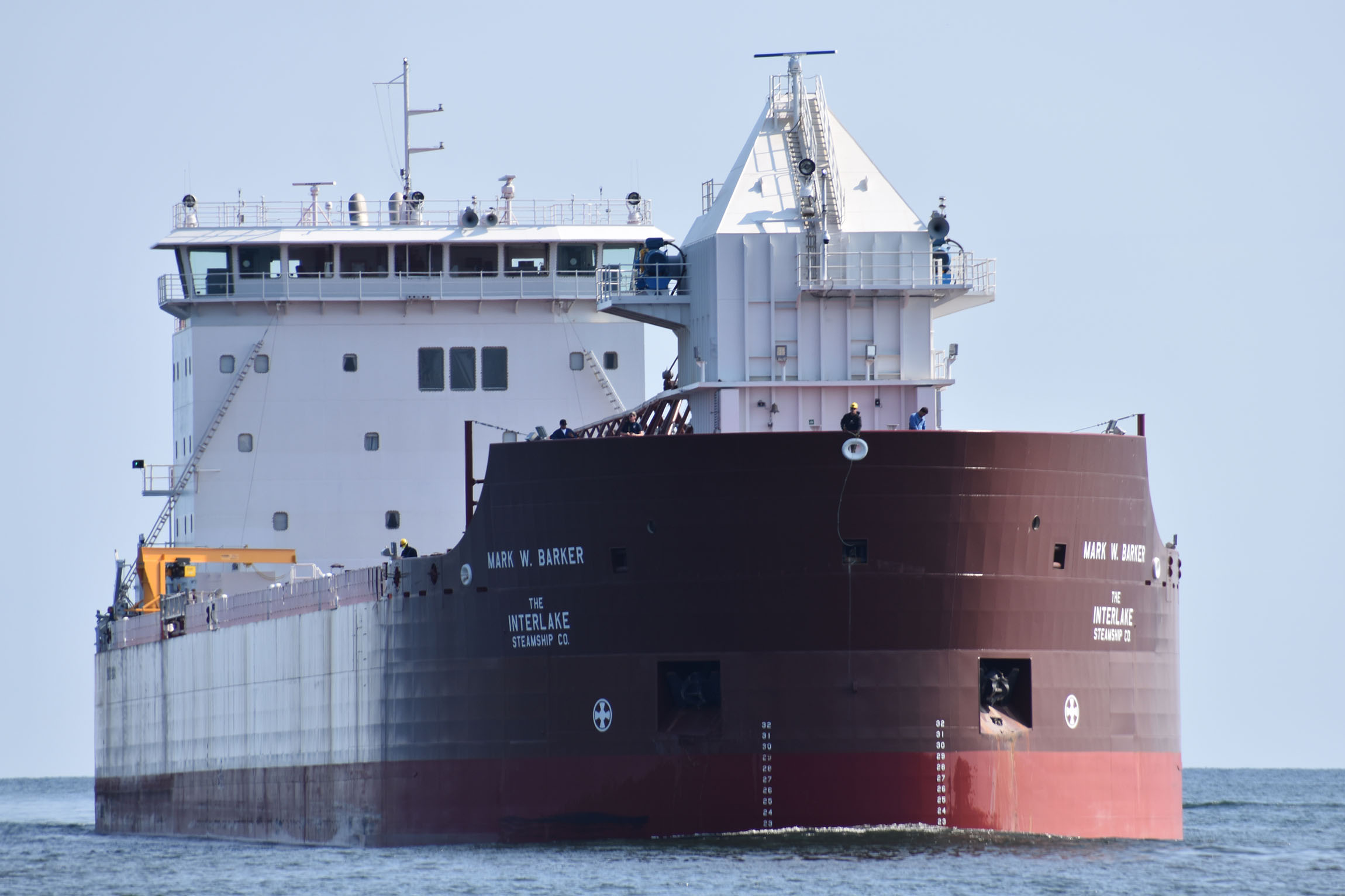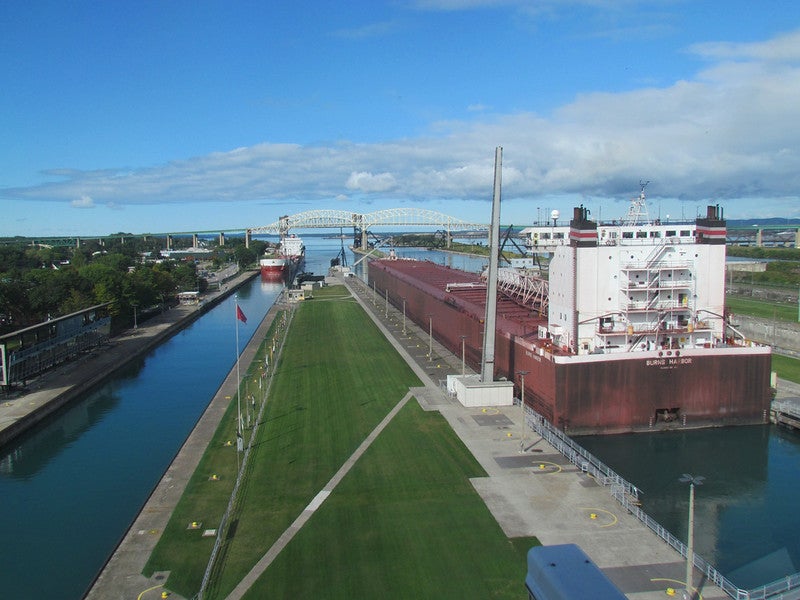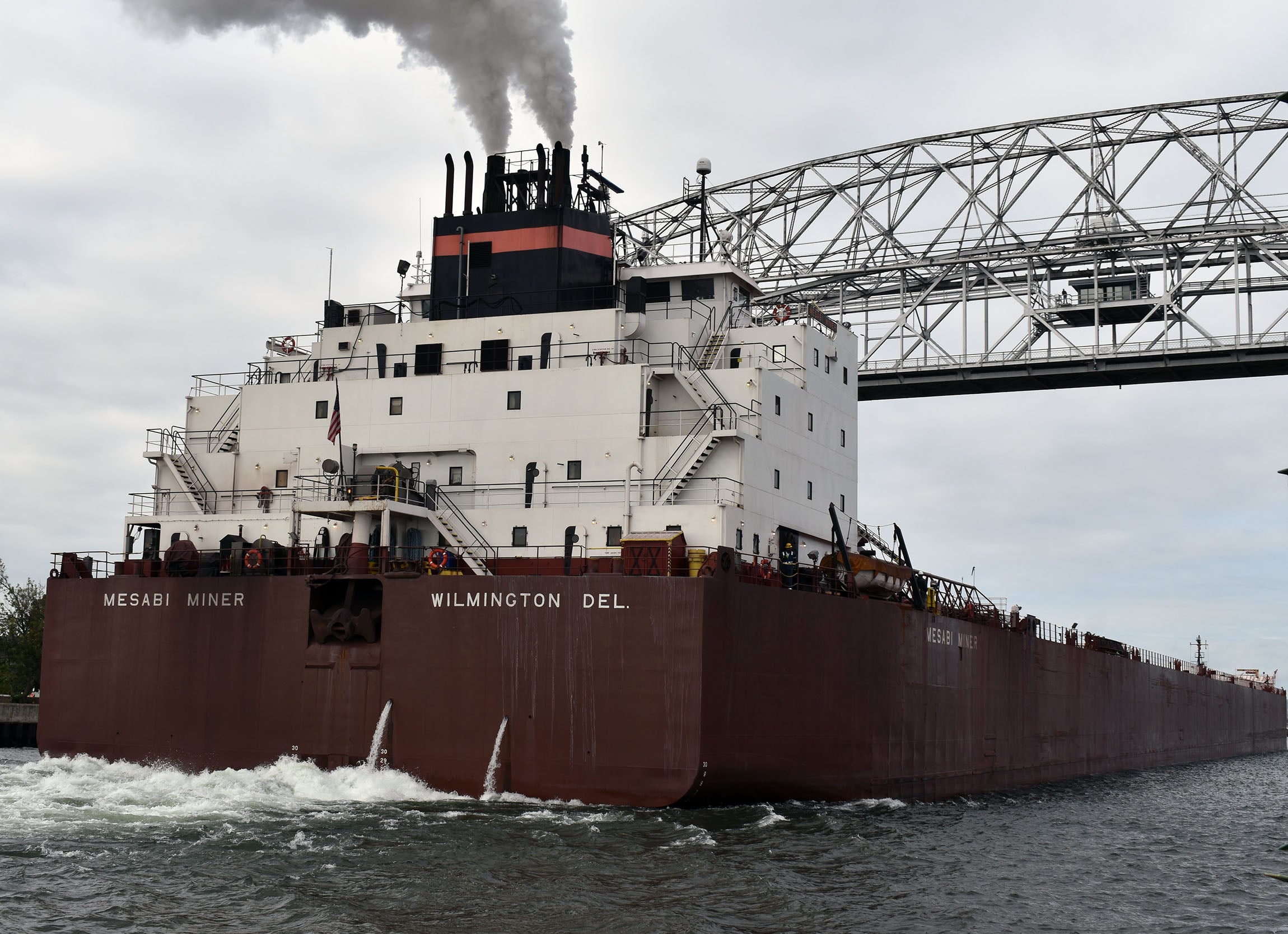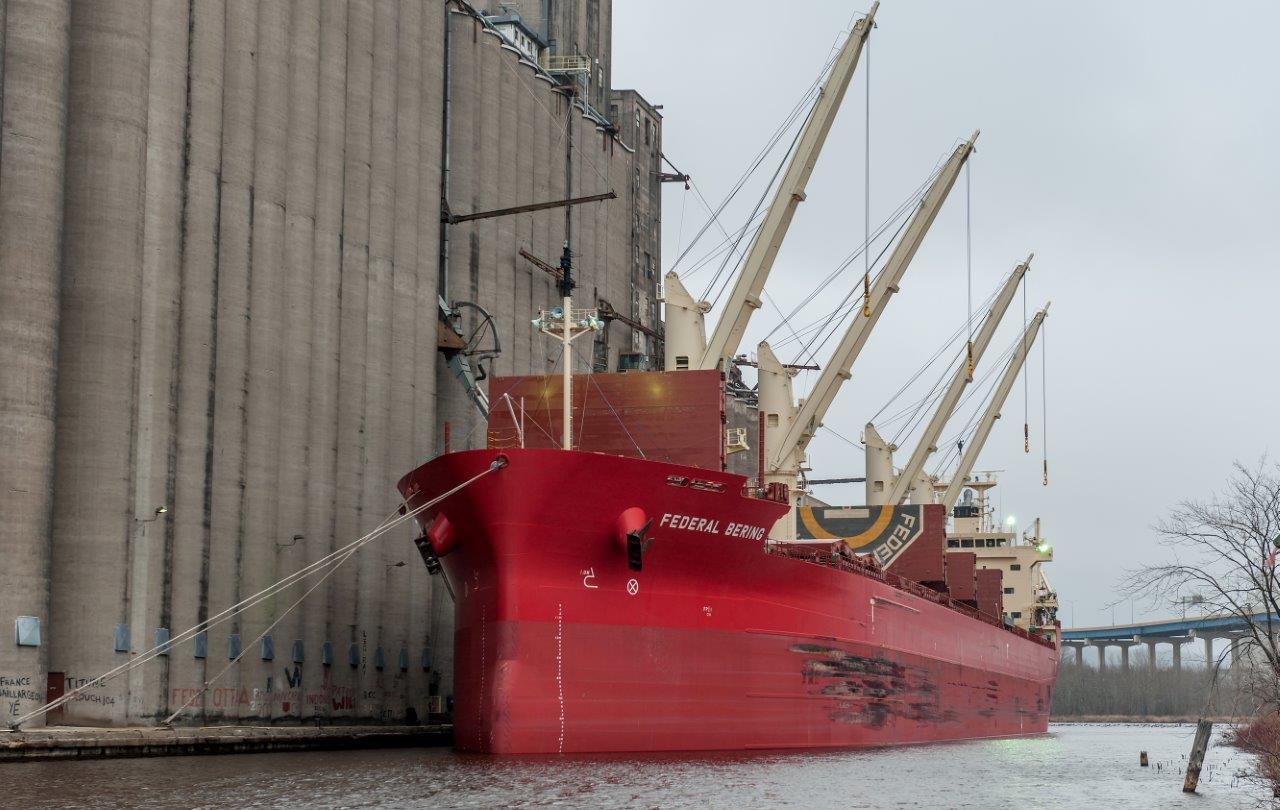The Great Lakes shipping season started three days early this month, responding to industry calls to move more cargo amid demand for domestic steel.
The Lake Carriers’ Association, which represents the domestic Great Lakes fleet, requested an early opening of the Poe Lock at Sault Ste. Marie, Michigan, at the urging of shipping companies and steelmakers. Eric Peace, vice president of the association, said U.S. Steel and Cleveland-Cliffs wanted an early start to build up stockpiles of iron ore that’s used to make steel.
Jason Serck, economic, planning and port director for Superior, said the trade is doing well on the Great Lakes.
“The shipping business is doing very well. It seems like the economy is moving very well, so I think we’re seeing an uptick in steel production,” Serck said.
Cleveland-Cliffs, which operates iron mines on Minnesota’s Iron Range, reported record steel shipments of 16.4 million tons last year. That included record shipments for the auto industry despite labor strikes. U.S. Steel also reported healthy steel demand in the first few months of 2024 as President Joe Biden has come out against the company’s planned sale to Japan’s Nippon Steel.
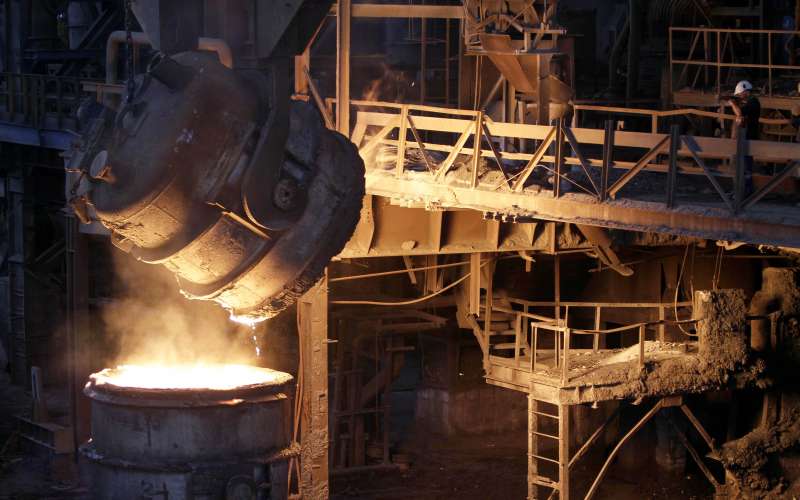
Iron ore accounted for more than two-thirds of roughly 31.7 million tons that passed through the Port of Duluth-Superior last year.
Stay informed on the latest news
Sign up for WPR’s email newsletter.
Jayson Hron, spokesperson for the Duluth Seaway Port Authority, said around 21.5 million tons of iron ore moved through the port, representing the most in any season since 1995. He said the company hopes to build on those gains this season.
“Anytime there’s strong demand for domestic steel, that’s going to bode well for tonnage through the Port of Duluth-Superior with iron ore being our top cargo by tonnage,” Hron said.
Iron ore also accounted for more than half of the 81.4 million tons moved by Great Lakes vessels. Steelmakers are seeing a boost from federal policies like a law aimed at boosting computer chip manufacturers in addition to the Bipartisan Infrastructure Law and Inflation Reduction Act, according to S&P Global.
In the Port of Green Bay, Dean Haen, the port’s director, said it’s seeing strong shipments of cement and liquid asphalt.
“Those should be similar to last year and, hopefully, a little higher if construction stays strong,” Haen said.
The port shipped around 1.7 million tons last year, which was largely on par with the 2022 season.
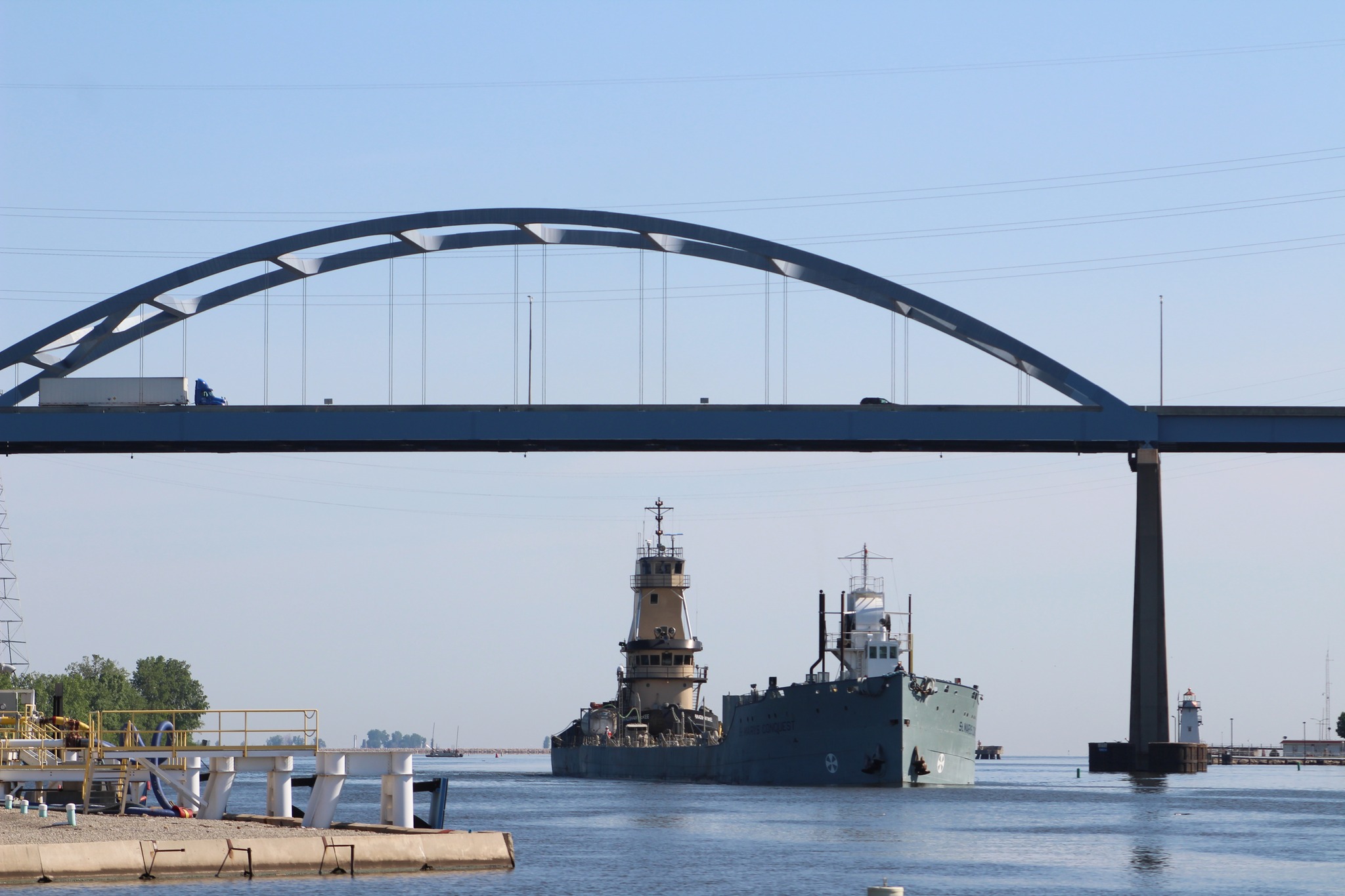
Coal shipments continue to fall, work continues on port projects
Coal used to represent one of the port’s top commodities with around 2 million tons moving through Green Bay at its peak more than 50 years ago. Now, just under 110,000 tons moved through the port last year as the nation shifts away from fossil fuels. The Port of Duluth-Superior has witnessed a similar trend with coal shipments dropping more than 75 percent from a peak of roughly 22 million tons in 2008 to 5.3 million tons last year.
Even so, Serck said construction began last August on a roughly $23 million dock overhaul in Superior for C. Reiss Coal Company, which is moving its terminal from Duluth. The company ships 650,000 tons of material, including coal and limestone. Serck said C. Reiss may start moving materials through the dock this summer, but the project won’t fully come online until next year.
In Green Bay, work is also continuing to transform a former coal plant into a state-of-the-art port facility. Haen said the port has secured around $33 million, and it’s seeking a federal grant for the project that’s estimated to cost $48.7 million.
In Milwaukee, work is continuing on a $45 million facility owned by Clinton-based Delong Co. that opened at Port Milwaukee last year. In December, the project received a $9.3 million grant to embark on the second phase of construction for additional storage and equipment to handle grains and agricultural products.
Jackie Q. Carter, the port’s director, has said the company hopes to finish construction yet this year.
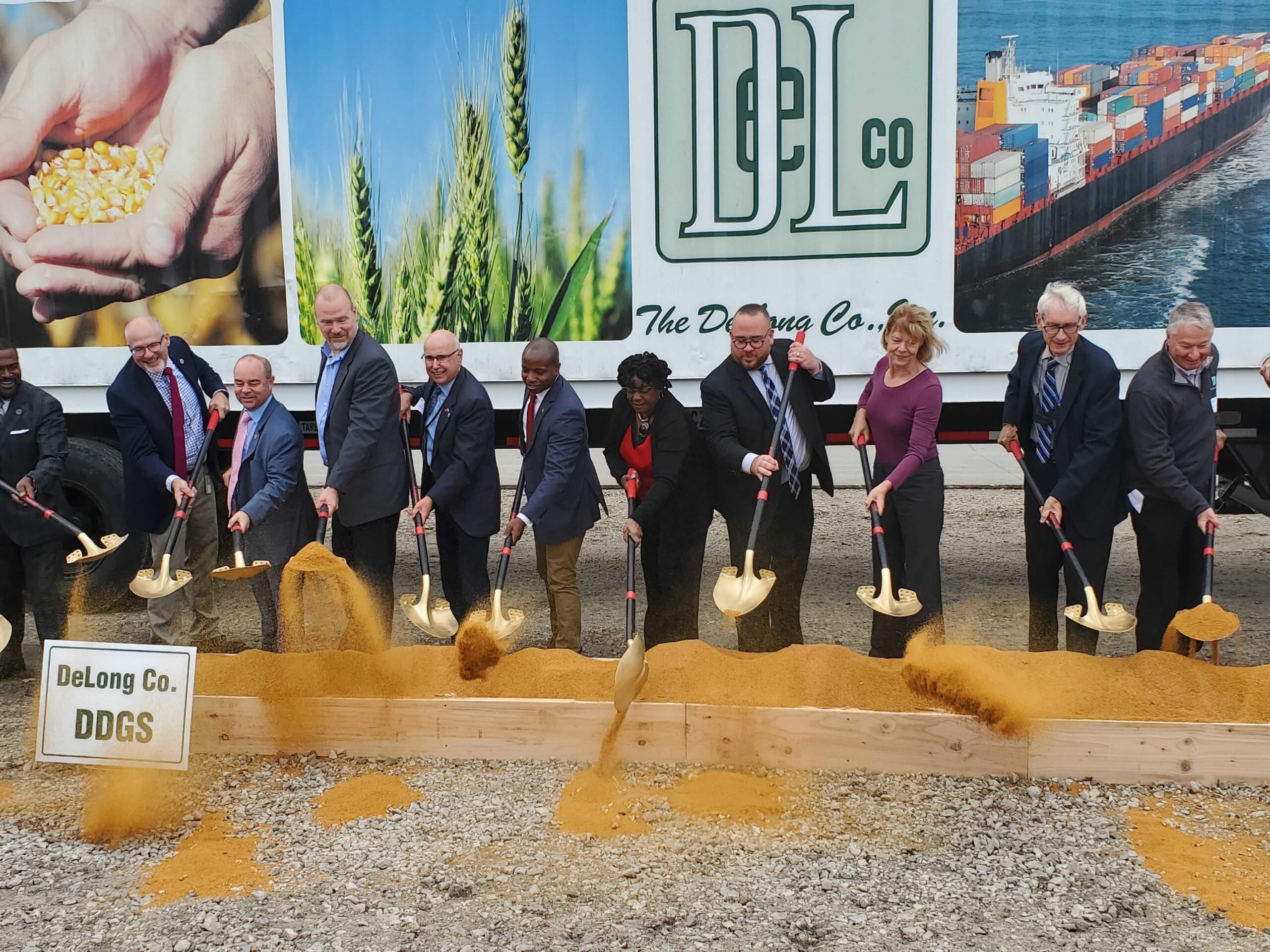
Wisconsin Public Radio, © Copyright 2025, Board of Regents of the University of Wisconsin System and Wisconsin Educational Communications Board.

